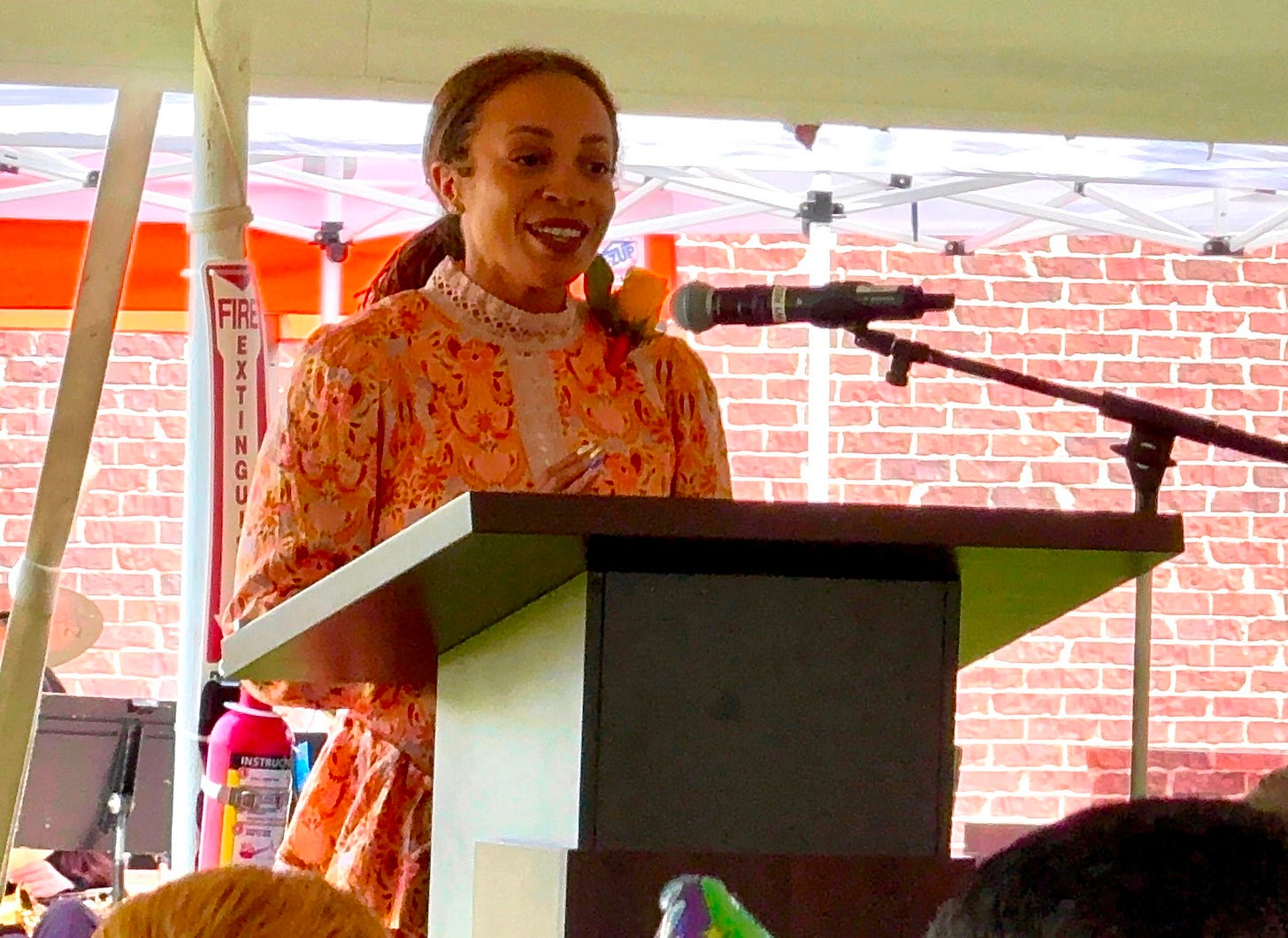
Hope isn’t naive. It’s necessary.
We live in a time that makes it hard to imagine anything but disaster.
The headlines confirm our worst fears. Layoffs. Political collapse. Institutional failure. Rights reversed, progress rolled back. It’s enough to make even the most optimistic among us bristle at the idea of hope.
Maybe we can Reframe this. . . What if imagining the best case scenario is the revolution?
The Culture of Bracing
We’ve been trained to prepare for the worst.
To rehearse every “what if” so we’re not caught off guard.
To believe that hope is irresponsible, and cynicism is a sign of intelligence.
And let’s be honest—when the world feels unstable, imagining disaster feels like protection. But bracing is not the same as building. Fear prepares you to survive. Imagination prepares you to create.
What If It Works Out?
The Reframe returns to a single question over and over again: What if it works out?
Not in some cheesy, manifest-your-dreams kind of way—but in a grounded, resilient, truth-telling kind of way. What if our work could matter? What if your healing did make room for others?
What if rest isn’t the end of impact, but the beginning of a deeper one?
A Multigenerational Mandate
“If we cannot imagine the best case scenario, we’ve already surrendered the future.”
This isn’t just about us. It’s about the generations coming next. It’s about what they’ll inherit. And it’s about the stories we leave behind when we say, “I refused to stop believing things could be different.”
This isn’t toxic positivity. This is strategic optimism. This is what The Reframe stands for: choosing to orient toward possibility even while acknowledging reality.
We don’t imagine the best case scenario because we’re afraid of pain. We imagine it because we’ve known pain—and we’re ready to create something more.
Try This: A Thought Practice
Write down your worst fears. Be honest. Let them live on the page. Then, right next to them, write the best case scenario. Not the perfect one. Not the fantasy. But the one that feels expansive and possible. Hold both. Sit with them. And then start making decisions from the second column.
Imagining the best case scenario doesn’t mean you’ll get it exactly. But it changes the posture of your life. It opens your hands. It softens your jaw. It unbraces your heart.
You don’t have to settle for surviving the worst, especially when you can design the best.



